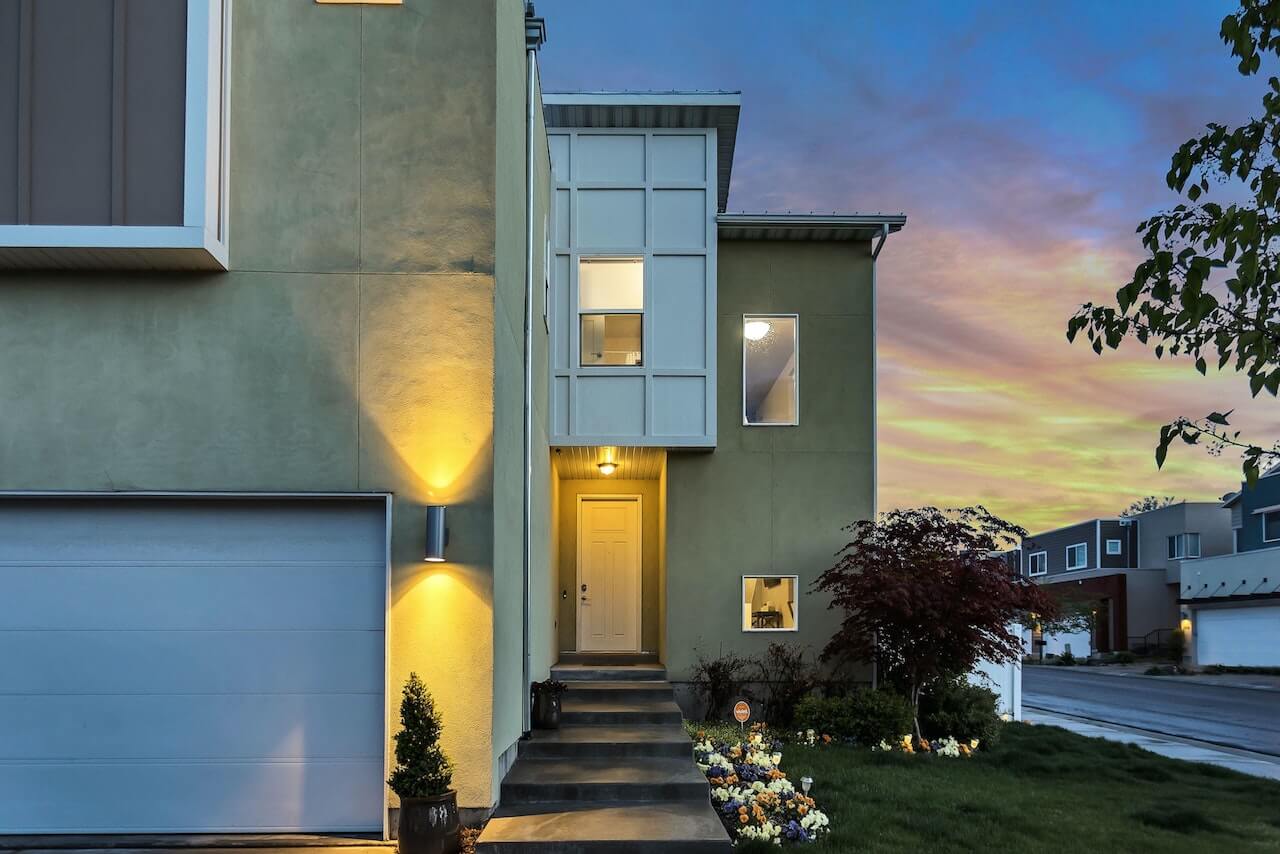If you keep an eye out for our posts on social media, you are probably aware that the house rental market in the US has undergone changes. Rents are high now, and the upward trend in rental prices continues. Consequently, real estate investors have an excellent opportunity to profit in the investment space, for example, by using the BRRRR method. It is a perfect strategy for those who want to get into passive income from rental houses and fix and flip investments without a substantial initial outflow of cash. It implies adding value to real estate through repair and upgrade and then holding onto them as investments to gain cash flow from rising rental rates. This money-making method can look reasonably straightforward, especially with all the television shows focused on flipping properties. However, the fix-and-flip has its pitfalls, and one wrong step ends up costing you any potential profit. So let’s find out how you can avoid these pitfalls to succeed.
What is the Concept of Fix-and-Flip?
Fix-and-flip, also called house flipping, is an investment strategy where an investor purchases an undervalued/distressed property, fixes it up, and sells it at a profit, starting from 30%. The 70 percent rule states that the purchase of the object, along with repairs, taxes, advertising costs, etc., should not exceed 70% the After Repair Value (ARV). Otherwise, it’s not a business, seasoned flippers say. But not every flipper makes money, and some of them do take significant losses.
6 Common Pitfalls to Avoid When Fixing and Flipping a House
Any beginner makes mistakes on the way to becoming a seasoned fix-and-flip investor, and the good news is that most of them are entirely preventable. So here we go.
No budget, no sticking to it
You spend more than you planned and end up with no cash to complete the project. To avoid this situation, you should definitely make a budget for the renovation and keep the costs on track.
Inaccurate project score
You will reduce the profitability of your flip if you incorrectly estimate the project’s hard costs, the amount of work, and time for the property renovation, as an inaccurate estimate directly impacts your bottom line.
Ignoring intangible costs
In addition to constructing materials for a home renovation, non-material costs such as appraisals and permits, inspection fees, property taxes, utilities, interest from the hard money loan, closing costs, and others await you. They also need to be included in the overall budget. Otherwise, you will incur charges from your future profits.
Cooperation with a real estate agent
A seasoned realtor can help you understand the current market trends and merits in the place your property is located, as well as determine the right price. In addition, he can evaluate the level of home renovation. And most importantly, such an agent is an excellent resource for deciding how to set up the property for maximum profit. You can tap for his advice on how to configure the property for maximum profit
No marketing
The time when homes were sold through newspaper ads or yard signs has gone. Today, almost 99% of homebuyers turn to search online. So be active on social media channels (Twitter, Instagram, and Facebook) and promote your properties using visuals like photos and videos. It is the only way to catering your audience to sell your fix&flip.
Underfunding
Insufficient funding slows the implementation of efficient projects, including purchasing property and repairs. One of the ways is financing from a trusted hard money lender. Thanks to the hard money loan, you can provide various benefits, especially when your schedule is critical to your flipping business being profitable.
Get Started with the Lending Bee’ Fix-and-Flip Loans. Reach out to find out if you qualify.
